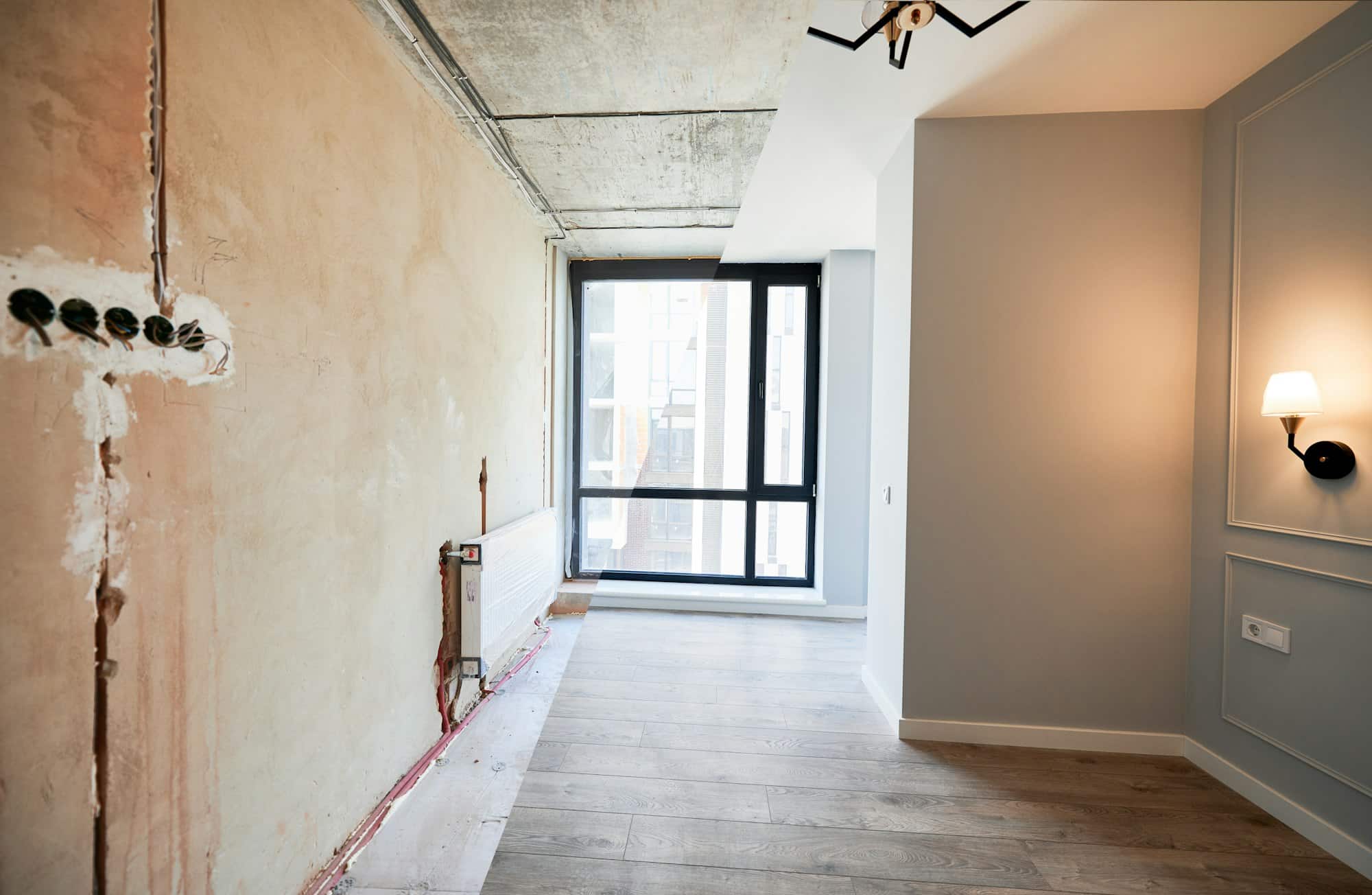The Cost of Changing Grass to Turf: An In-Depth Guide
Changing from natural grass to artificial turf is a decision that involves various considerations including costs, maintenance, and long-term benefits. This article aims to provide a comprehensive look at the process, cost estimations, and a comparison between natural grass and artificial turf.
The Process of Changing Grass to Turf
The transition from natural grass to artificial turf involves several steps:
1. Site Preparation:
– Clear the existing grass and debris.
– Level the ground.
– Install a sub-base, usually made of crushed stone, to ensure proper drainage.
2. Installation of Turf:
– Lay down a weed barrier to prevent weed growth.
– Roll out the turf and secure it with stakes or nails.
– Infill the turf with sand or rubber granules to help the fibers stand upright.
3. Final Touches:
– Brush the turf to distribute the infill evenly.
– Ensure all edges are secured and trimmed.
Cost Estimations

The cost of converting grass to turf can vary depending on several factors:
– Material Costs:
– Basic turf can cost between $5 to $10 per square foot.
– High-end turf can range from $10 to $25 per square foot.
– Labor Costs:
– Professional installation costs can range from $3 to $8 per square foot.
– Additional Costs:
– Site preparation, drainage installation, and infill material can add to the overall cost.
| Cost Component | Price Range |
|---|---|
| Standard Turf | $5 – $10 per sq. ft. |
| Premium Turf | $10 – $25 per sq. ft. |
| Installation Labor | $3 – $8 per sq. ft. |
| Extra Expenses | Variable |

Comparison Between Grass and Turf
Maintenance
| Maintenance Aspect | Natural Grass | Artificial Turf |
|---|---|---|
| Upkeep | Requires regular watering, mowing, and fertilizing | Minimal maintenance; occasional brushing and infill replenishment |
| Susceptibility | Prone to diseases and pests | Not susceptible to diseases or pests |
| Watering, Mowing, Fertilizing | Necessary | Not required |
Durability
| Durability Factor | Natural Grass | Artificial Turf |
|---|---|---|
| Wear and Tear | Can wear out under heavy use | Designed to withstand heavy use |
| Maintenance | Needs regular maintenance to stay in good condition | Minimal maintenance required |
| Longevity | N/A | Typically lasts 8-15 years, depending on quality |
Environmental Impact
| Environmental Impact | Natural Grass | Artificial Turf |
|---|---|---|
| Habitat | Provides a natural habitat | Does not provide a natural habitat |
| Resource Use | Requires water, fertilizers, and pesticides, leading to potential environmental consequences | Conserves water but contributes to heat buildup (heat island effect) |
| Material Composition | Organic and biodegradable | Made from synthetic materials; disposal concerns exist |
Additional Considerations
Initial Investment
- Initial Investment: While the initial cost of installing turf is higher, the long-term savings on maintenance can offset this.
Aesthetic Appeal
- Aesthetic Appeal: Some people prefer the look and feel of natural grass, although modern turf options are quite realistic.
Usability
Turf can be used immediately after installation and is less likely to become muddy or slippery.
Questions and Answers
1. How long does artificial turf last?
Artificial turf typically lasts between 8-15 years. The lifespan depends on the quality of the turf and the level of usage it gets.
2. Is artificial turf safe for children and pets?
Yes, artificial turf is generally safe for children and pets. Many modern turf options are made from non-toxic materials and have antimicrobial properties to reduce bacteria buildup.
3. How do you maintain artificial turf?
Maintenance for artificial turf is minimal. It involves occasional brushing to keep the fibers upright, infill replenishment, and cleaning up debris. Unlike natural grass, it does not require mowing, watering, or fertilizing.
4. What are the installation steps for artificial turf?
The installation steps include site preparation (clearing and leveling the ground), installing a sub-base for drainage, laying down a weed barrier, rolling out and securing the turf, adding infill, and brushing the turf for a finished look.
5. Can artificial turf be installed over existing grass?
It’s not advisable to install artificial turf over existing grass. The old grass should be removed, and a proper sub-base should be prepared to ensure good drainage and a smooth, even surface.
6. How does artificial turf affect property value?
The impact on property value can vary. Some buyers may appreciate the low maintenance and durability of turf, while others may prefer natural grass. Generally, a well-installed, high-quality turf can add to property value, especially in areas where water conservation is a priority.
7. What is the cost of maintaining natural grass vs. artificial turf?
The cost of maintaining natural grass includes expenses for water, fertilizer, pesticides, and regular mowing. Over time, these costs can add up significantly. In contrast, artificial turf has minimal maintenance costs, primarily involving occasional cleaning and infill replenishment.
8. Does artificial turf get hot in the sun?
Yes, artificial turf can get hot in direct sunlight. However, some manufacturers offer cooling technologies in their turf products to reduce heat absorption. Additionally, watering the turf briefly can help cool it down.
9. Is artificial turf environmentally friendly?
Artificial turf conserves water and eliminates the need for fertilizers and pesticides, which can be beneficial for the environment. However, it is made from synthetic materials and can contribute to the heat island effect in urban areas. Proper disposal at the end of its lifespan is also a consideration.
10. Can weeds grow through artificial turf?
When properly installed with a weed barrier, weeds are unlikely to grow through artificial turf. However, occasional weeds may appear around the edges or seams, which can be easily removed.
This article aims to provide a detailed guide on the costs, process, and considerations of switching from natural grass to artificial turf. The decision involves various factors including initial investment, maintenance, and long-term benefits.








